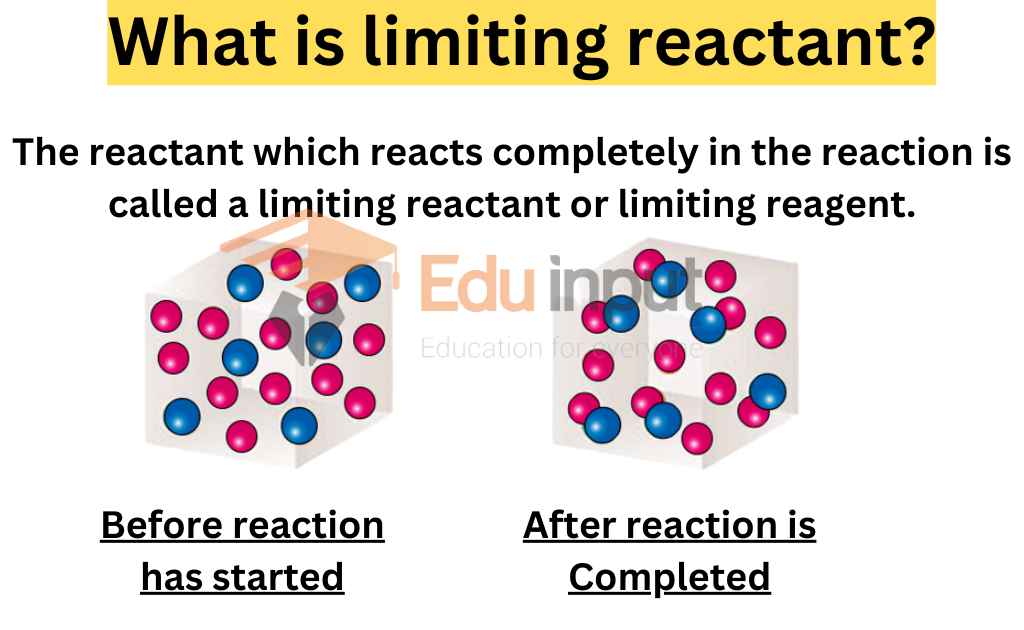What are Isotopes? Determination, relative abundance and uses
Isotopes can be defined as atoms of the same element with different masses but the same atomic numbers.
Isotopes can also be defined as the elements in a certain group of atoms that share the same number of protons, but differ in the number of neutrons.
Each isotope is chemically identical to another, but their differences in mass and size result in different chemical properties. The basic difference is due to the neutron number.
Isotopes possess the same number of protons and electrons, but a different number of neutrons. In other words, isotopes are variants of elements that differ in their nucleon ( The total number of protons and neutrons) numbers due to a difference in the total number of neutrons in their respective nuclei.
For example, carbon-14, carbon-13, and carbon-12 are all isotopes of carbon. Carbon-14 contains a total of 8 neutrons, carbon-13 contains a total of 7 neutrons, and carbon-12 contains a total of 6 neutrons.
How to represent isotopes?
Isotopes are primarily represented in two different ways:
- By writing the name of the element followed by a hyphen and the mass number of the isotope. For example, uranium-235 and uranium-239 are two different isotopes of the element uranium.
- By following the AZE notation (also known as the standard notation). This involves writing the symbol of an element and prefixing the atomic number in subscript and the mass number in superscript. For example, the uranium-235 isotope can be represented as 235U92 and the uranium-239 isotope can be represented as 239U92.
Determining the Number of Neutrons in an Isotope
The total number of neutrons in the nucleus of an isotope can be determined by subtracting the atomic number of the element from the mass number of the isotope. For example, the 12C isotope of carbon has a mass number of 12. The atomic number of carbon is 6. Therefore, the total number of neutrons in the carbon-12 isotope is equal to 6.
Types of isotopes
There are three types of isotopes Stable Isotopes, Primordial Isotopes, and Radioactive Isotopes
1: Stable Isotopes
Some isotopes have unstable atomic nuclei that undergo radioactive decay. These isotopes are radioactive in nature and are, therefore, known as radioisotopes (or radionuclides). Examples of radioactive isotopes include carbon-14, tritium (hydrogen-3), chlorine-36, uranium-235, and uranium-238.
2: Radioactive isotopes
Some isotopes are known to have extremely long half-lives (in the order of hundreds of millions of years). Such isotopes are commonly referred to as stable nuclides or stable isotopes. Common examples of stable nuclides include carbon-12, carbon-13, oxygen-16, oxygen-17, and oxygen-18.
3: Primordial isotopes
Primordial nuclides are the nuclides that have existed since the formation of the solar system. Of the 339 naturally occurring isotopes on Earth, a total of 286 isotopes are known to be primordial isotopes.
Relative Abundance of isotopes
The isotopes of all the elements have their own natural abundance. The relative abundance of isotopes of elements can be determined by mass spectrometry. The natural abundance of some common isotopes in table given below.
| Element | Isotope | Abundance | Mass (amu) |
| Hydrogen Carbon Nitrogen Oxygen Sulphur Chlorine Bromine | 1H,2H 12C, 13C 14N, 15N 16O, 17O,18 O 32S, 33S, 34S, 36S 35Cl, 37Cl 79Br,81 Br | 99.985, 0.015 98.893, 1.107 99.634, 0.366 99.759, 0.037, 0.204 95.0, 0.76, 4.22, 0.014 75.53, 24.47 50.54, 49.49 | 1.007825, 2.01410 12.0000, 13.00335 14.00307, 15.00011 15.99491, 16.99914, 17.9916 31.97207, 32.97146, 33.96786, 35.96709 34.96885, 36.96590 78.918, 80.916 |
280 different isotopes occur in nature. They include 40 radioactive isotopes as well. Besides these, about 300 unstable radioactive isotopes have been produced through artificial disintegration.
The elements like arsenic, and iodine. Fluorine and gold, etc, have only a single isotope. They are called mono-isotopic elements.
In general, the elements of odd numbers almost never possess more than two stable isotopes. The elements of even atomic number usually have a larger number of isotopes and isotopes whose mass numbers are multiples of four are particularly abundant. For example, O16, Mg24, Si28, Ca40, and Fe56 form nearly 50% of the earth’s crust. Out of 280 isotopes that occur in nature, 154 have even mass numbers and even atomic numbers.
Uses of isotopes
- An important application of isotopes is in the determination of the isotopic signature of element samples via isotope analysis. This is generally done via the process of isotope ratio mass spectrometry.
- The mechanism of a chemical reaction can be determined with the help of isotopic substitution. The change in the reaction rate can be measured based on the kinetic isotope effect.
- Isotopes can also be used to determine the concentration of many elements/substances via isotope dilution.
Different isotopes and their uses
Uranium isotope
This type of isotope is found in uranium. This is the heaviest element that can be found on earth and has a half-life of 1.5 billion years. Uranium is used as a nuclear fuel for reactors and in making nuclear weapons.
Thorium isotope
Thorium is an element that has only one isotope that can be found in nature. This element is often used in nuclear reactors and has a high resistance to corrosion. Thorium-232 is the most abundant form of thorium.
Plutonium isotope
Plutonium is an artificial element that is man-made and is used in nuclear weapons. Plutonium is a metallic chemical element that has a very high level of radioactivity. There are three isotopes of plutonium that are commonly used as nuclear explosives.
Related Faqs
What are the three isotopes of hydrogen?
The three isotopes of hydrogen are listed below.
Protium, or hydrogen-1. This isotope of hydrogen contains 1 proton, 1 electron, and no neutrons.
Deuterium, or hydrogen-2. This isotope of hydrogen contains 1 proton, 1 electron, and 1 neutron.
Tritium, or hydrogen-3. This isotope of hydrogen contains 1 proton, 1 electron, and 2 neutrons. It can also be noted that this isotope of hydrogen is radioactive.
Who was the first person to find multiple stable isotopes of an element?
The British physicist J.J. Thomson was the first to discover evidence for multiple isotopes of the element neon (Ne) in the year 1912. Later, the English chemist and physicist F.W. Aston discovered many other stable isotopes of elements with the help of a mass spectrograph.
Why isotopes are harmful?
Isotopes are the key cause of many health disorders and diseases. As we know that most of the elements are natural and most of them are essential nutrients for our bodies. But if they contain unstable isotopes, then they will produce different harmful effects on the body.





Leave a Reply